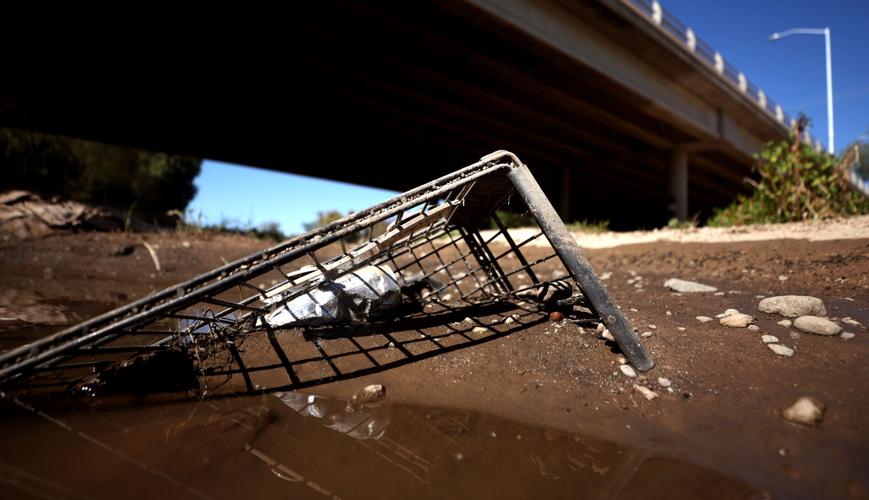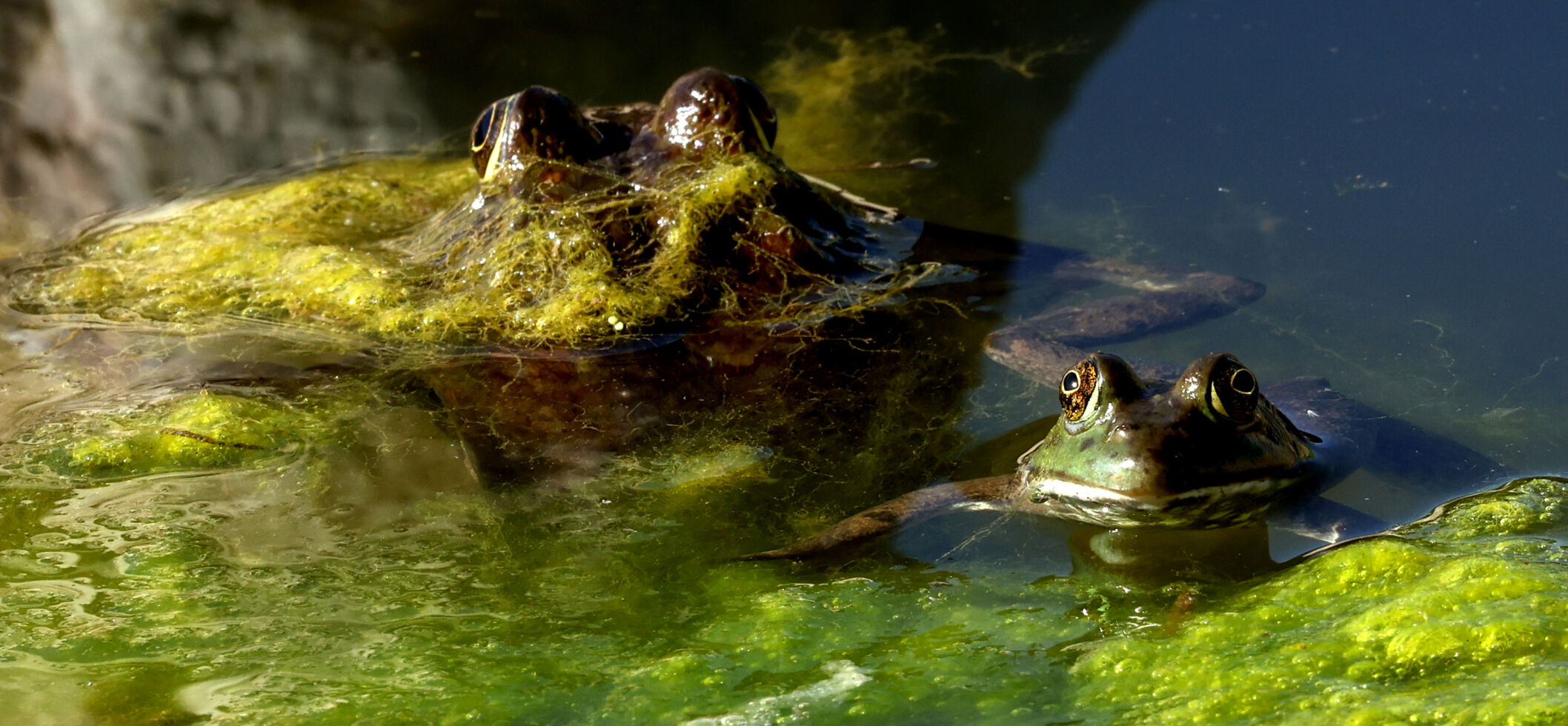The ribbon of water that gave Tucson its start has been named one of the most endangered rivers in the U.S. by a national advocacy group.
American Rivers called the Santa Cruz “a symbol of resilience and restoration” that faces renewed threats from climate change and water scarcity.
The environmental nonprofit based in Washington, D.C., ranked the river as America’s fourth most endangered on its annual list unveiled late Monday.
“It’s impossible to overstate this river’s value to Southern Arizona,” said Sinjin Eberle, the group’s Southwest communications director, in a written statement. “The threats from overallocation and pollution create an urgency to protect this iconic river.”
American Rivers has joined with The Wilderness Society and the Tucson-based Sonoran Institute in an effort to get the Biden administration to create a Santa Cruz River Urban National Wildlife Refuge stretching from Mexico to Marana and centered around a future riverside park in Tucson.
The idea was first floated in 2021. A number of possible park sites are now under consideration, including some blighted former industrial and agricultural properties that could be cleaned up and preserved as greenspace through the effort.
Luke Cole is director of the Santa Cruz River Program for the nonprofit Sonoran Institute. He said working with the U.S. Fish and Wildlife to establish an urban refuge would give much-deserved local and national attention to the river corridor and all the improvements that have been made there.
“It will show that it’s here, it’s important and amazing things are happening,” Cole said.
Tide is turning
The river begins in the grasslands of the San Rafael Valley in Santa Cruz County and flows south into Mexico before hooking north and crossing back into the U.S. just east of Nogales on its way to join the Gila River at the southern edge of Phoenix.
It’s dry for much of its 184-mile length today, but for thousands of years, its perennial flows sustained rich riparian corridors that attracted wildlife and people. Indigenous communities sprang up along the river, as the Hohokam, Tohono Oʼodham and Pascua Yaqui settled near its banks and diverted its water to grow their crops.
The tributary of the Gila River later drew waves of Catholic missionaries, Spanish colonizers and American settlers, who unleashed more than a century of groundwater pumping and agricultural development that had drained the river dry in Tucson by 1913.
Cole said that after 150 years of being “absolutely hammered” by overuse, pollution and neglect, conditions on the Santa Cruz began to improve 15 years ago or so, as water plants were upgraded and began releasing flows of treated effluent back into the channel.
The rejuvenated river now flows beneath forests of willow and cottonwood in Santa Cruz County and along several stretches in Tucson where the city and Pima County are restoring habitat for native aquatic animals and other wildlife with sustained wastewater releases.
But without continued attention and protection of Tucson’s water supply, these recent improvements could be fleeting, Cole said. “This is a blink of an eye in ecological time.”
So far, advocates for the refuge have won the backing of more than 50 different groups, including local governments, tribes, academic institutions, small river restoration groups and neighborhood associations.
The effort now has a dedicated website and a petition drive to demonstrate community support.
Austin Nunez, chairman of the San Xavier District of the Tohono O’odham Nation, thinks establishing an urban wildlife refuge along the river is a great idea.
“It will certainly benefit all of us and nature,” Nunez said in a statement. “It would be so wonderful for our grandchildren and those yet to come behind us.”
New to the list
A lot of time and money has already gone into protecting the Santa Cruz on both sides of the international boundary, but “the river’s recovery remains tenuous,” American Rivers said in a press release.
Protecting the river will require preserving what water remains and building on the progress that has been made collectively over the past decade.
“When you contemplate all the rivers across the Colorado River Basin, the Santa Cruz is unique in its character and importance to both people and nature, while also being typical of the challenges to rivers across the Southwest,” Eberle said.
American Rivers began ranking the nation’s most endangered waterways almost 40 years ago. The advocacy group calls its annual report “a list of rivers at a crossroads.”
Local groups and individuals submit nominations each year, and selections are made based on the magnitude and urgency of the threat and the river’s significance to wildlife and communities.
The Colorado has topped the list six times since 2004, including last year when its stretch through the Grand Canyon was declared America’s most endangered river due to threats posed by climate change and the overallocation of its shrinking water supply.
The San Pedro River in southern Arizona landed at number 8 on the 2022 list.
This year American Rivers declared the rivers of New Mexico as the nation’s most endangered due to the loss of federal clean water protections. The Big Sunflower and Yazoo Rivers in Mississippi were ranked second, and the Duck River in Tennessee was ranked third.
This marks the first time the Santa Cruz has landed on the list.
The river was nominated by the Sonoran Institute. Cole said it seemed like a “gloomy” thing to do at first, but then they realized what the rankings really represent.
“These are very much a celebration,” he said. “Something has to have great value to deserve national attention” for the threats it’s facing and the need to preserve it.








